Successful system upgrade: characteristics of thermostats for heating radiators

A thermostat is a device for controlling the supply of coolant to the heating system. It allows you to automatically and manually increase or decrease the temperature heating the room.
The device is mounted on a pipe leading to the radiator so that the coolant passes through it and heats the radiator.
The volume of liquid supplied can be adjusted by turning the tap or using a temperature sensor. There are models for two-pipe and one-pipe heating systems. In addition to heating control, the device also reduces energy costs.
Content
Operating principle and types of regulators for heating radiators
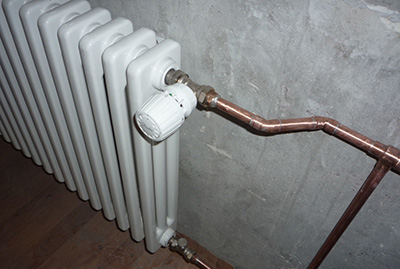
The principle of operation of the thermostat is to partially or completely block the flow of hot water according to the temperature indoors or outdoors.
The valve that allows the coolant to pass through is closed under pressure by a so-called stem.
Depending on the density of the ceiling, a certain amount of heat enters the battery, which is then transferred to the room. The thermostat is controlled in three ways:
- manual;
- automation;
- electricity.
In the first case It is enough to simply turn the valve to ensure that the required amount of heat is supplied to the radiator. In the second - this is done by a mechanism that reacts to heating.
In the third — a processor connected to a power source reads information from the sensor and controls the size of the opening for supplying the coolant.
Reference! Automatic and electric thermostats are equipped with thermostats, with the help of which a comfortable temperature is maintained without human intervention.
Mechanical with manual valve
The simplest mechanical thermostat is a manual valve that is screwed in and out manually. not to be confused with a ball valve.

Photo 1. Mechanical thermostat with a manual valve, it opens and closes easily, increases and decreases the water flow.
The task of the first is pass the required volume coolant. The second one is open or close its supply completely. The design of the radiator valve provides for a decrease or increase in the flow of water.
Ball valve, right? may get spoiled if opened or closed halfway, as it is designed for emergency situations.
With thermostat
The next most difficult to operate is a mechanical thermostat with a thermostat. Its important element is thermal head, which contains a bellows. It contains a liquid or gas that expands when heated. This increases the pressure on the stem, which gradually closes the valve body with its working cone.
When the room temperature drops, the liquid or gas contracts and the pressure on the rod decreases, causing it to rise. Then more coolant enters the valve passage, which heats the radiators.
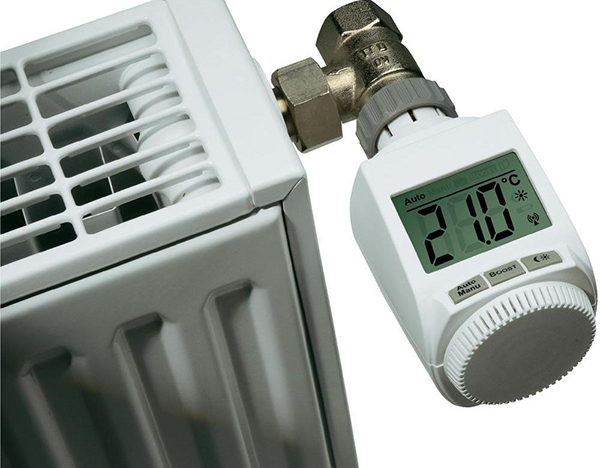
Photo 2. Mechanical heat regulator with a thermostat and a bellows containing gas or liquid.
Advantages of manual and automatic mechanical thermostats:
- no connection to power source;
- heating costs are reduced.
Flaws:
- fail to establish an economic minimum for the time when residents are away from home.
Electronic
An electronic thermostat, on the one hand, makes control settings more precise, on the other hand, energy dependentInstead of a bellows with liquid or gas, a processor and an electric drive are used.
When a temperature sensor detects excess heat in the environment, the processor gives a command to the electric drive close the valve to the required tightness.
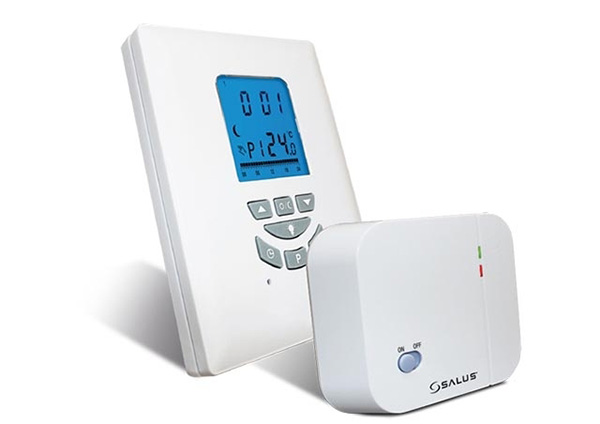
Photo 3. Electronic thermostat Salus, equipped with a processor, built-in indicator and electric drive, saves energy.
When it gets cold, the working cone rises and the valve opens, allowing as much coolant into the radiator as is needed to heat the room.
Advantages:
- savings by programming heating for the time of absence;
- quick response to changes in air temperature;
- built-in indication of air temperature, timer, days of the week.
Flaws:
- need to connect to a power source.
Features of a thermostat with a remote temperature sensor
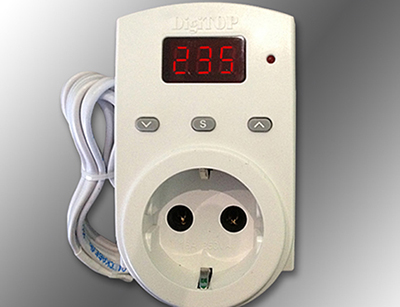
When installing a thermostat - both mechanical with automation and electric - it is necessary to mount them in such a way that the thermometer measured the air temperature as accurately as possible.
Its location near a hot radiator can distort the data, so the use of remote sensors is practiced. Their main advantage is Possibility of installation at any point in the room or outdoors.
They are connected to the thermostat with a special wire, which transmits temperature data directly to the thermostat.
Important! A device with remote sensors allows you to achieve the most comfortable temperature in the room, as well as solve the problem of installing sensors in hard to reach places: behind curtains, furniture, decorative screens, under windowsills, in drafty areas.
How to choose the right option
The efficiency of the thermostat is affected by its design features. For example, automatic mechanical devices are divided into into liquid and gas-filled.
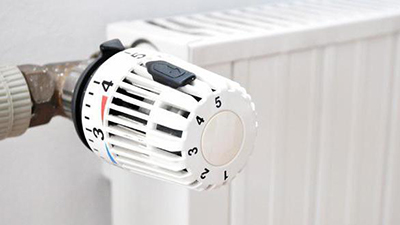
The first regulate heat more slowly, and second — faster. That is, if the area of the room is small, you can choose a liquid one, but if it is large, a gas-filled option is better.
But the electronic device will work the fastest, however, it costs twice as expensive.
On the other hand, electronics offers a number of technical possibilities:
- precision heating control;
- programming the temperature with a timer;
- Remote control via Wi-Fi.
One of the selection criteria for technical characteristics is the temperature range. In rooms where high air temperatures are expected, it is worth installing a device with a range 15–50 °C. For a normal microclimate, the device is suitable - 4–28 °C.
The type of thermostat installed in the room, depends on the expectations that the owner places on the device. For some, the mechanical manual option is quite suitable - after turning the valve, the temperature in the room rises or falls.
Some people are interested in the process happening by itself and choose a mechanical automatic or electronic option.
Maybe, the golden mean would be automatic thermostat with thermostat liquid typeIt operates autonomously, can be equipped with a remote sensor, does not require connection to a power source and is sold at a relatively low price.
Installation of a thermostat on batteries
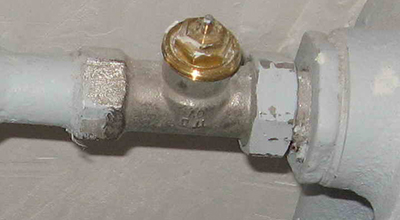
When installing, it is necessary to take into account its position: the device is located horizontally in the direction of the room.
This concerns specifically mechanical ones automatic and electronic devices.
Manual the regulator (valve) is not affected by external factors, therefore it can be placed without any restrictions.
Attention! It is forbidden to install mechanical automatic and electronic thermostats vertically, in a draft, in an area exposed to direct sunlight, near household appliances where the devices will not work correctly.
It is recommended to provide free access to the installation location of the thermostat, as well as to the location of the radiator. If the battery and the place where the device is installed are covered with decorative panels or other items, it is recommended use a remote sensor.
Before installing the thermostat, it is necessary turn off the coolant supply and drain it from radiators. The thermostat is installed on the pipe leading to the radiator. This requires a tool for cutting pipes and threading.
When installing on a one-pipe system it is necessary to make a bypass: it is required for unimpeded movement of water along the riser. In the case of a two-pipe system, the thermostat must be mounted on the upper supply pipe. When installing, carefully, without damaging the thread, screw the device.
How to avoid leaks?
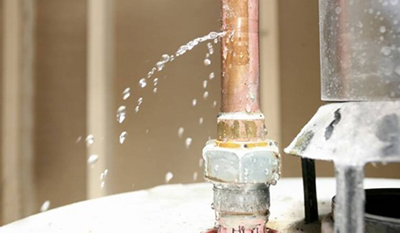
To avoid leaks of the coolant, it is recommended to use a sealant. After installation, the heating system is filled with water, and if there are no leaks, then A protection is installed on the thermal head.
It is necessary to adjust the operation of the thermostat gradually.
First, the windows and doors in the room are closed, the exhaust fan is turned off. This allows you to avoid temperature jumps. Then you need to open the thermostat valve and wait for the temperature to increase by 6–7 °C.
Once this value is reached, the device must be closed. Then the operation is repeated. When the device heats up and the sound of water is heard in it, this means that the setting has come to an end. Now the required temperature will be maintained with precision from 1 to 3 °C.
Useful video
Video instructions for installing and setting up an electronic thermostat for batteries.
Benefit from heat regulation
It is believed that in European countries thermostats were initially used to reduce energy costs.
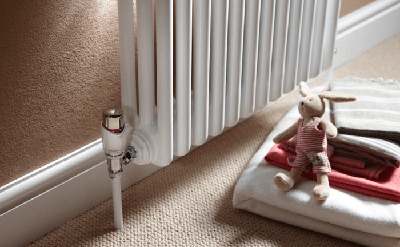
Moreover, modern models also have an economy mode. In Russia, control over the operation of the heating system is used, first of all, to maintain a comfortable temperature indoors.
Thermoregulators Oventrop, Danfoss or Valtec successfully combine both of these functions. Practice shows that the ability of the thermostat to save will definitely come in handy in a private cottage with individual heating system.
And the ability to maintain a comfortable temperature will do residents of apartment buildings with centralized heating system.






